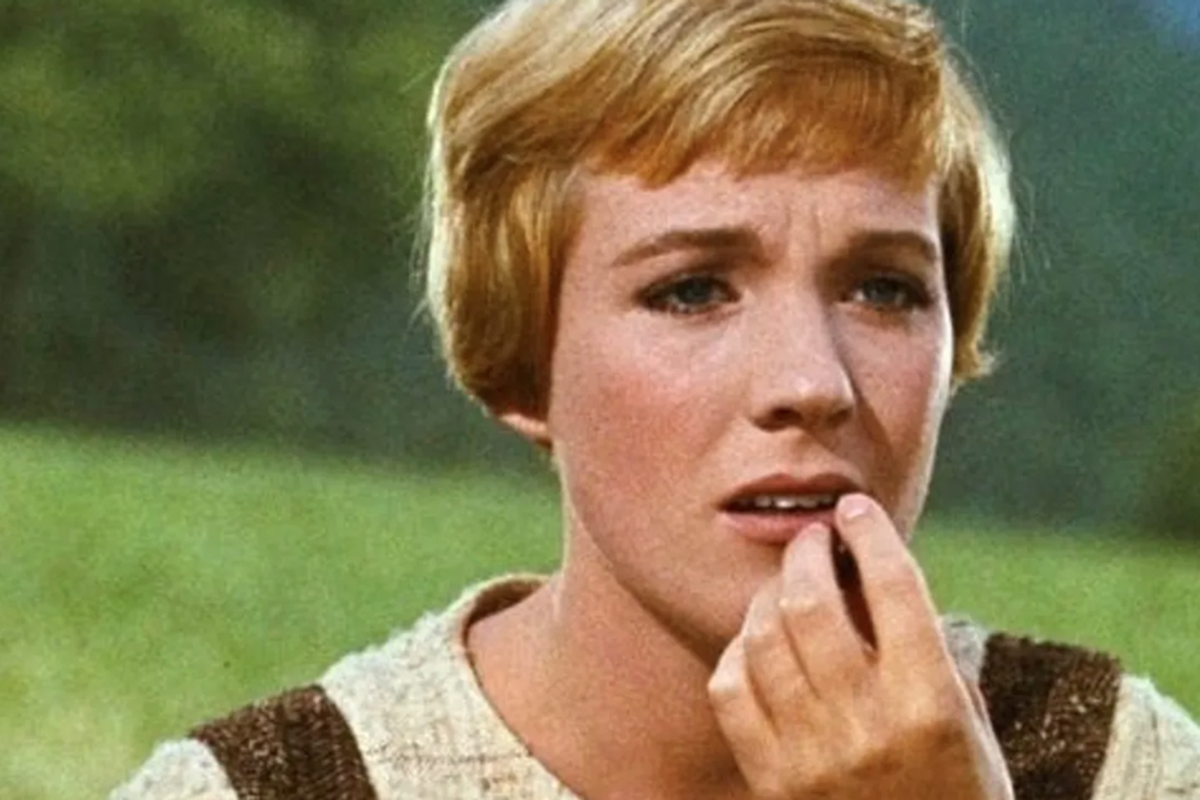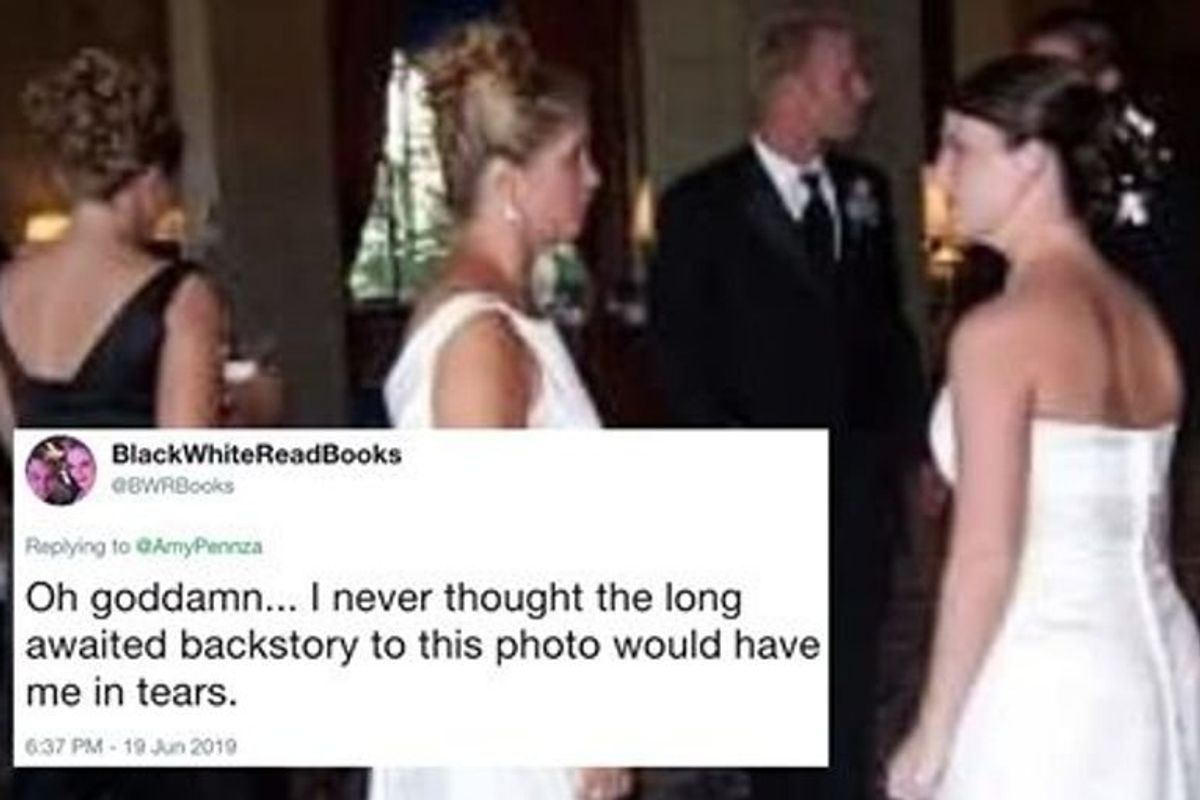‘Fun fact’ guy explains why tailgaters are the big reason for 'phantom traffic jams'
Research shows one tailgater can screw things up for hundreds of drivers.

Dougie Sharpe explains the 'phantom traffic jam.'
Have you ever been stuck in a traffic jam, and when you reached the point where everything cleared up, there didn’t appear to be any reason why traffic stopped in the first place? You swear to yourself that you must have missed the accident or the obstruction in the road.
However, the truth is that sometimes traffic jams occur when there doesn’t appear to be any real reason. These are called "phantom" traffic jams. Citing research from MIT, “Fun Fact” influencer Dougie Sharpe says tailgaters are a real reason for these phantom jams.
Sharpe explains that when one driver tailgates another, the one being followed will naturally slow down, which causes a dreadful chain reaction in which every car behind them decreases its speed, too.
@dougiesharpe The solution to stopping phantom traffic jams is for people to stop tailgating and maintain an equal distance to both the car directly in front of and behind them. #trafficjam #phantomtrafficjam #traffic #tailgating #interestingfacts #amazingfacts #interestingfactsforyou #interestingfactshub #amazingfactsforyou #amazingfactsministries #coolfacts #coolfactz #coolfactsyoudidntknow #coolfactsforu #randomfacts #randomfactstiktok #randomfactsforyou #randomfacts4u #facts #factz #factsyoudidntknow #factsontiktok #factsdaily #factsoftheday #funfacts #funfactstoknow #funfactsoftiktok #funfactsoftheday #funfactsyoudidntknow
Even though the tailgater assumes they are improving traffic conditions by forcing the person ahead of them to speed up, they are doing the opposite. Researchers at MIT say that if every car maintained an equal distance between the vehicle in front and behind them, the number of cars traveling down the freeway per hour would double.
“Our work shows that, if drivers all keep an equal distance between the cars on either side of them, such ‘perturbations’ would disappear as they travel down a line of traffic, rather than amplify to create a traffic jam,” MIT professor Berthold Horn says.
So, if you want traffic to move at the quickest pace possible, it’s best to give the car ahead of you some space. It’s a zen idea: If you want to go faster, go slower.
- Dashcam footage reveals Pennsylvania judge allegedly using position to influence officer ›
- Woman's viral tweet about 'dropping 200 pounds' doubles as relationship advice ›
- Viral dash cam video shows exactly why you should never, ever tailgate someone ›
- Street artist saved lives and cut traffic after vandalizing notorious Los Angeles highway sign - Upworthy ›



 Tony Trapani received the most important letter of his life, but he didn't see it for 50 years Photo by
Tony Trapani received the most important letter of his life, but he didn't see it for 50 years Photo by  Tony and Samuel didn't waste time thinking about what might have been if he'd seen the letter earlier. Photo by
Tony and Samuel didn't waste time thinking about what might have been if he'd seen the letter earlier. Photo by 
 Christopher Plummer and Julie Andrews on location in Salzburg, 1964
Christopher Plummer and Julie Andrews on location in Salzburg, 1964 


 A German Shepard relaxing in grass.via
A German Shepard relaxing in grass.via  A German Shepard puppy taking a breather.via
A German Shepard puppy taking a breather.via